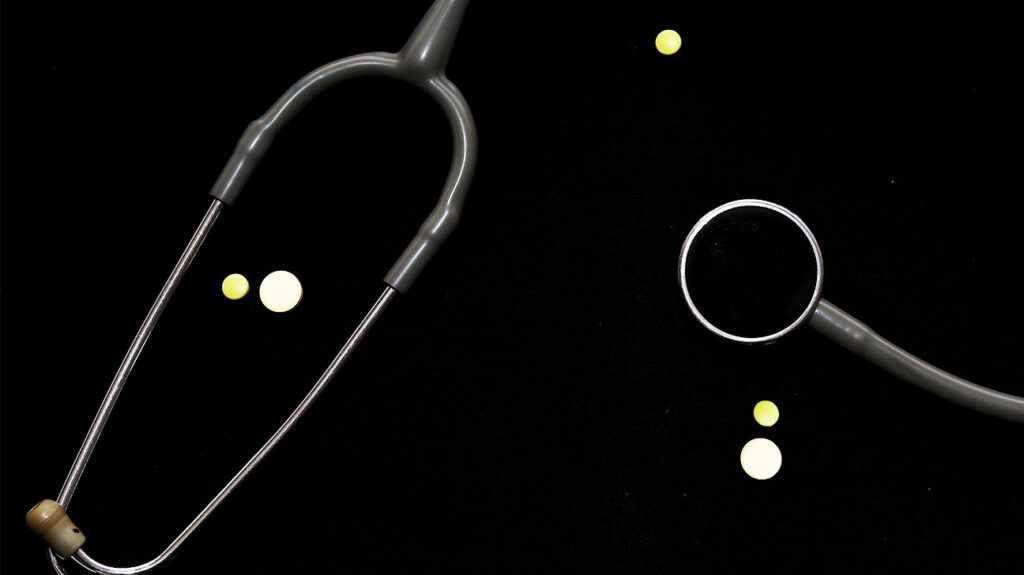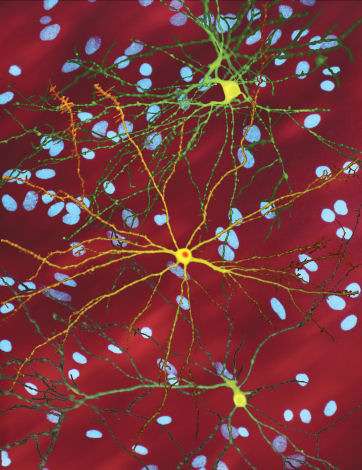FDA Moves to Ban Artificial Orange Food Dye B from U.S. Market

The FDA plans to ban Orange B, an artificial food dye unused for decades, citing outdated regulations and health concerns. This move is part of a wider effort to review and remove potentially harmful synthetic dyes from the U.S. food supply.
The U.S. Food and Drug Administration (FDA) is considering removing Orange B, an artificial food dye that has not been used in over forty years, from the American food supply. This move aims to update outdated regulations that currently permit the use of certain synthetic dyes. Orange B was historically used to provide color to items like sausage casings and frankfurters, but no certified batches have been produced or requested since 1978, indicating its discontinued use.
The FDA has stated that the regulation allowing Orange B is no longer necessary, labeling it as outdated. The proposed revocation follows recent actions to eliminate other artificial coloring agents, such as the FDA's January ban on Red dye No. 3 due to cancer concerns.
Food safety advocates have expressed support for the ban but also voiced skepticism about its impact, suggesting that mandatory removal may only be enforced where the dye is still in use or present. The agency is also reviewing six other common dyes—Green No. 3, Red No. 40, Yellow No. 5, Yellow No. 6, Blue No. 1, and Blue No. 2—as part of a broader effort to reduce potential health risks associated with synthetic food dyes. Another dye, Citrus Red No. 2, is rarely used and limited to small amounts on citrus skins.
The proposed change regarding Orange B will undergo a public comment period and could be implemented within 45 days. This step aligns with ongoing efforts by health authorities, including U.S. Health Secretary Robert F. Kennedy Jr. and FDA Commissioner Dr. Marty Makary, to phase out petroleum-based food colorings linked to health concerns, especially in children.
While studies show mixed results about the impact of artificial dyes on hyperactivity and attention in children, the FDA maintains that most approved dyes are generally safe for the majority of the population. The move to eliminate Orange B reflects a precautionary approach toward food additives, emphasizing consumer health and food regulation modernization.
Stay Updated with Mia's Feed
Get the latest health & wellness insights delivered straight to your inbox.
Related Articles
New Insights on Beta-Blockers Use in Women Post-Heart Attack: Risks and Recommendations
Emerging research reveals that beta-blockers may pose risks for women after heart attacks, especially at higher doses, prompting a reevaluation of treatment practices and gender-specific approaches.
Rising Mortality Rates in Children with Leukemia from Socioeconomically Disadvantaged Neighborhoods
Children with leukemia from the lowest socioeconomic neighborhoods face significantly higher mortality risks. A recent study highlights socioeconomic disparities affecting pediatric cancer survival and emphasizes the need for targeted interventions.
UK Researchers Achieve Breakthrough in Slowing Huntington's Disease Progression with Gene Therapy
UK scientists have achieved a historic milestone by slowing Huntington's disease progression through an innovative gene therapy, offering hope for future treatments and patient stability.



